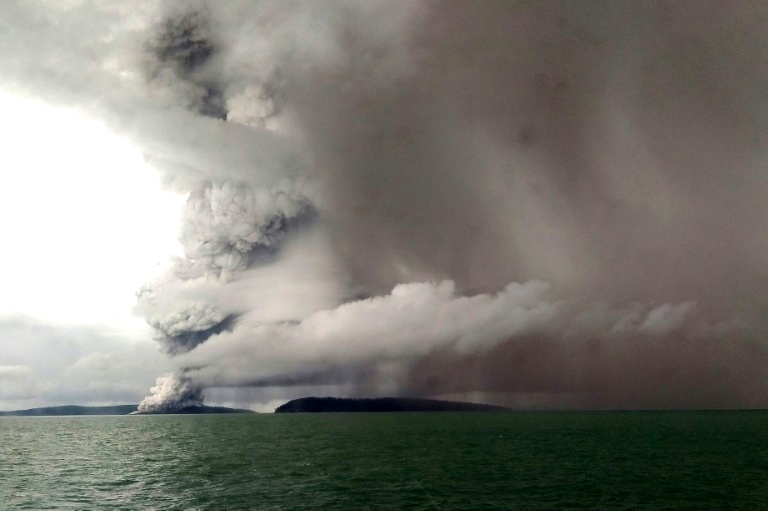Hyderabad: Researchers from the University of Hyderabad (UoH), the National Institute of Oceanography (NIO) and the Oil and Natural Gas Corporation (ONGC) have discovered a geological faultline that could trigger a major coastal hazardous event in and around Visakhapatnam.
The research team, comprising Prof K.S. Krishna and Dr M. Ismaiel from UoH, Dr K. Srinivas from NIO, and Dr D. Saha from ONGC, analysed seismic reflection data to understand the cause-effect relationship between the sediment load and the response of underneath heterogeneous igneous rocks in the Bay of Bengal, the varsity said in a statement, here on Sunday.
The study, conducted over three years, found presence of a 300-km-long fracture line in the offshore region of north Andhra Pradesh, about 100 km away from the coastline. In geological sense, the fracture line borders eastern side of the offshore Bastar craton between the Pranahita-Godavari graben in the south and Nagavali-Vamshadhara shear zone in the north.
Located to the east of north Andhra Pradesh, the once repetitively active fracture line has a maximum activity focussed in the vicinity of offshore Visakhapatnam. It might become active again, leading to a tsunami in the region, the researchers said.
According to the study, fracture line activity in the offshore Krishna-Godavari (KG) basin was variable in nature. It had episodic start about 16 million years ago, which resumed around 6.8 million years ago. From then, the activity continued until 0.3 million years ago.
Excessive vertical throws occurred at 16-6.8 million years ago over a distance of 300 km offshore north Andhra Pradesh that might have triggered the seismicity and prompted generation of intensive tsunami events.
The fracture line, currently inactive, may become active in case of the differential stresses on either side of the fracture line reaching the threshold level, and may turn out to be a geo-hazard event. While it’s not easy to predict the timing of future activity, the researchers said the activity would certainly reoccur in a short time (in the geological sense).
“It’s in the dormant stage. The activity may reoccur any time in the geological sense — maybe in hundreds of years or even thousand years or more than that. Right now, people do not have to worry. I don’t want to create panic, but when the Sumatra tsunami happened, no one thought about that. It suddenly happened one fine day,” Prof Krishna told IANS.
The study was reported in the recent issue of Journal of Earth System Science, published by the Indian Academy of Sciences.
IANS
